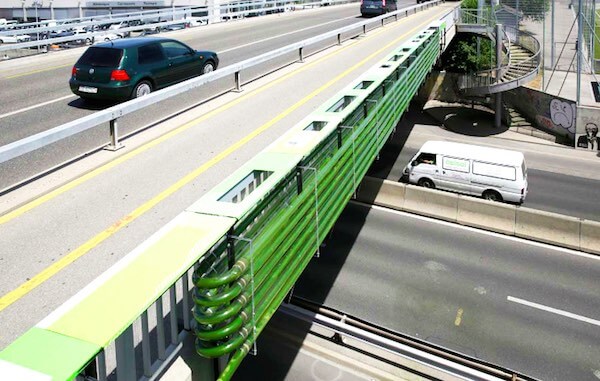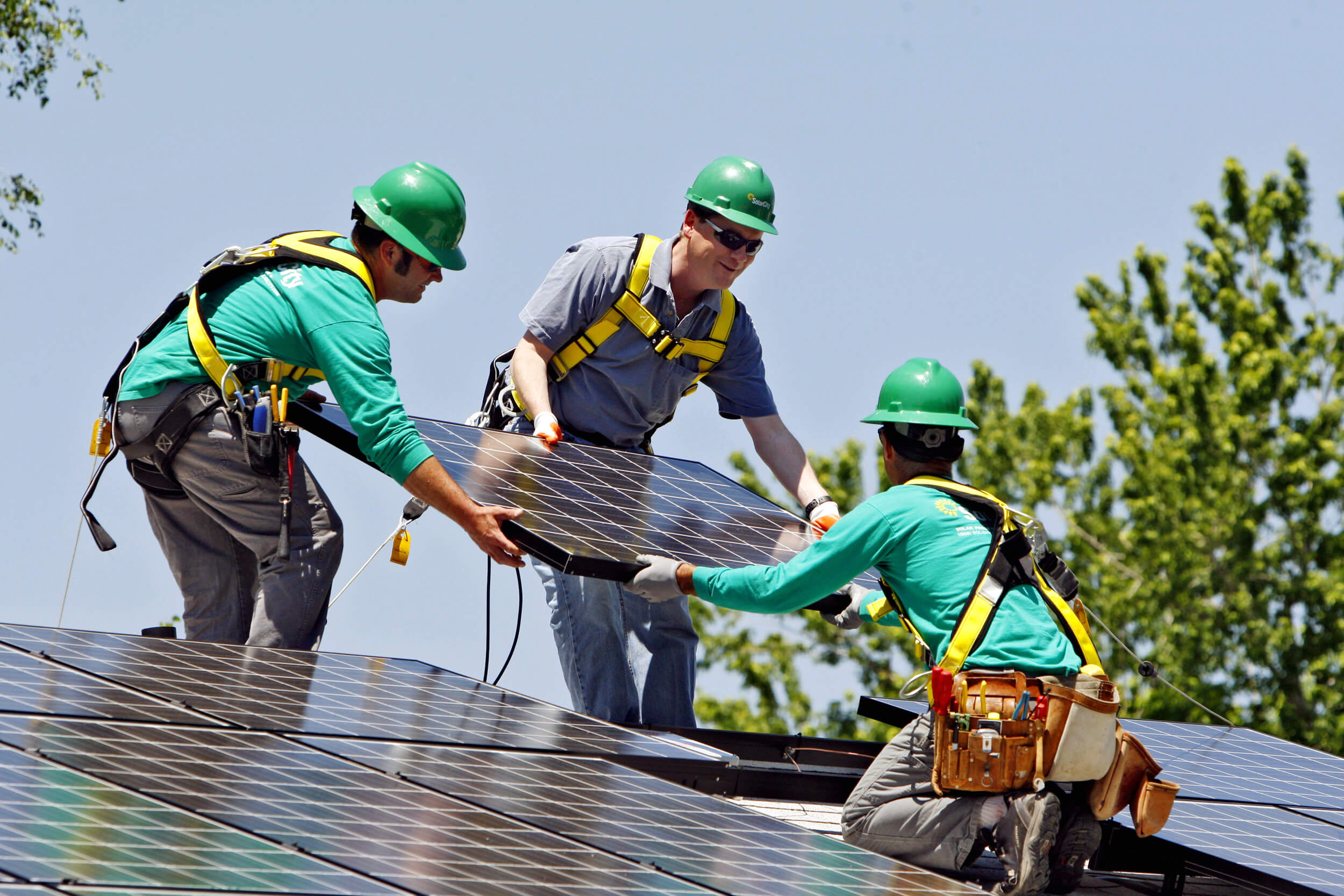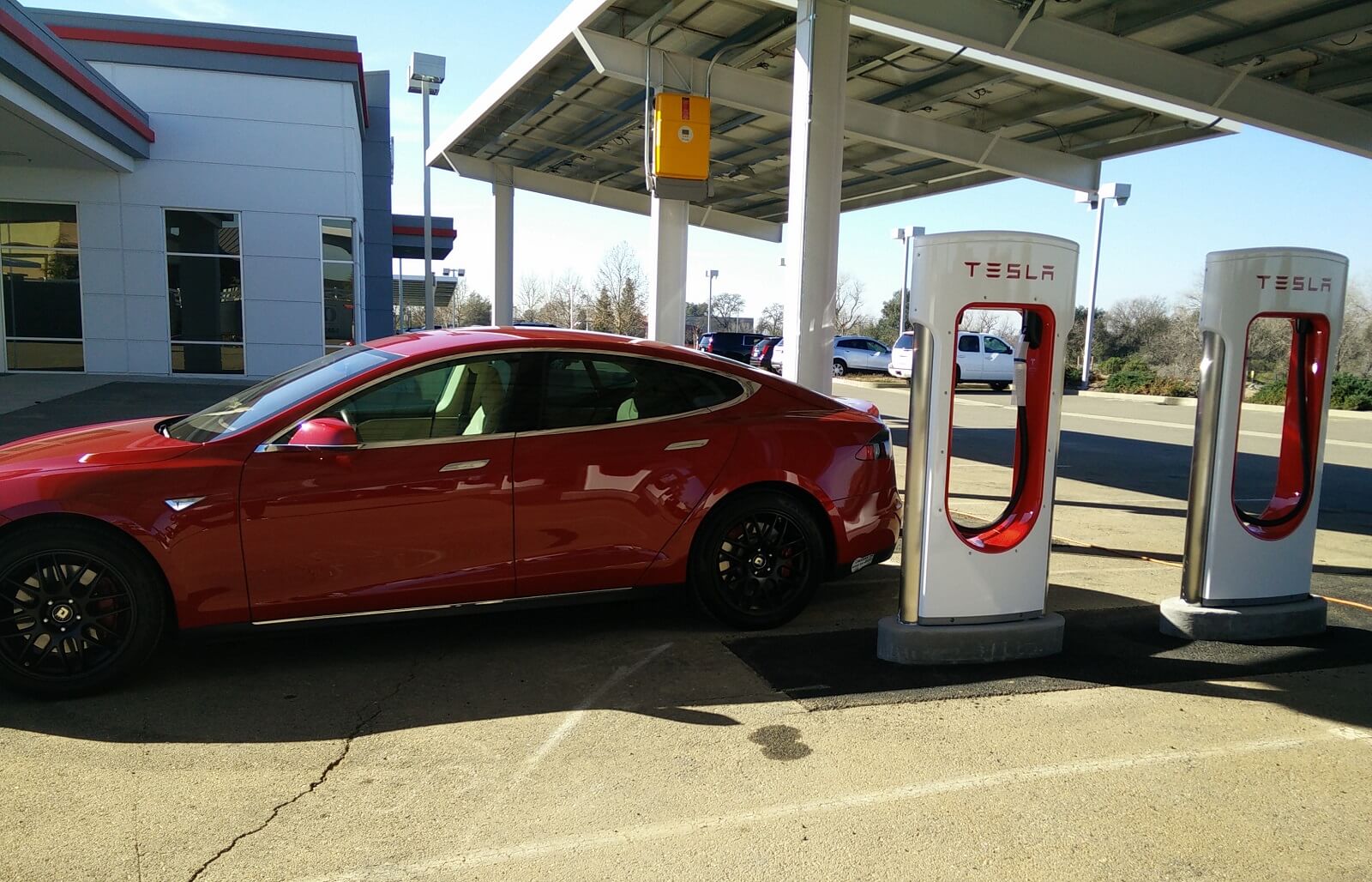Elon Musk is at it again. Next year the construction of an innovative, ultra-speed transportation system called Hyperloop will commence in central California. It is the world’s first supersonic overland transport system, with the ability to reach speeds up to 800 mph.
Like most other Musk-inspired creations, the Hyperloop conceptseems like something straight out of the future.
” We feel now that we’re at a stage where questions are answered on a theoretical level so now we’re moving on to prototyping,” Dirk Ahlborn, CEO of Hyperloop Transportation Technologies (HTT), told IBTimes UK.
To begin, the first 5-mile stretch Hyperloop system will begin construction in 2016 in a brand-new sustainable community called Quay Valley, located between Los Angeles and San Francisco.
” This five-mile stretch will allow us to completely test the technology, from the boarding process to the safety procedures – really everything except top speed,” Ahlborn said.

Musk’s vision sees the Hyperloop as a 400-mile long network of above-ground tubes with very low air pressure inside them, which allows bus-sized capsules to travel through those tubes at near supersonic speeds (approaching 800 mph).
When built, the full-scale version of the vacuum transportation network will take passengers and freight at speeds of up to 760mph. The system is being deemed as a 1000% improvement on today’s transport.
” We will move people and cargo at speeds never thought possible. We will make the world smaller, cleaner and more efficient,” states HTT on their official website.
Beyond the US, dozens of other countries have expressed an interest in Hyperloop, including China and the United Arab Emirates. For Ahlborn, these countries offer the most hope for full-scale systems being implemented because, “if they decide to build something like Hyperloop, they just build it.”
Almost 200 engineers from NASA, Yahoo!, and Airbus are involved in the project realization. There is also a group of 25 students from University of California (UCLA) working on different issues including cost estimation, route planning, and capsule design.

This proposed transportation system is extraordinary, with a glowing potential to change the way the world commutes as we know it. Someone in New York could simply hop on and be in Miami in under 2 hours, or Los Angeles in just over 3 hours. Not to mention how much more affordable this type of transportation will likely be compared to flying. We are so excited about this! Stay tuned for more updates on the Hyperloop as things progress.
What are your thoughts on this new transportation concept? Share with us in the comment section below!
Free Happiness Training!
Do you want to bring more happiness into your life?
Happify’s activities and games are based on a decade’s worth of cutting-edge research by psychologists and neuroscientists from leading academic institutions around the world.
Happify’s exercises are personalized directly for you based on your unique goals.
If you are looking to bring more peace and joy into your life this year Start out with Happify for FREE!



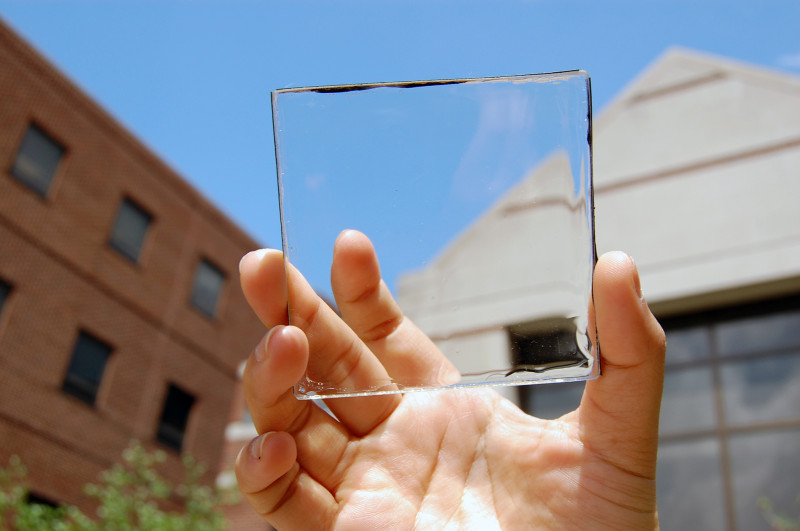


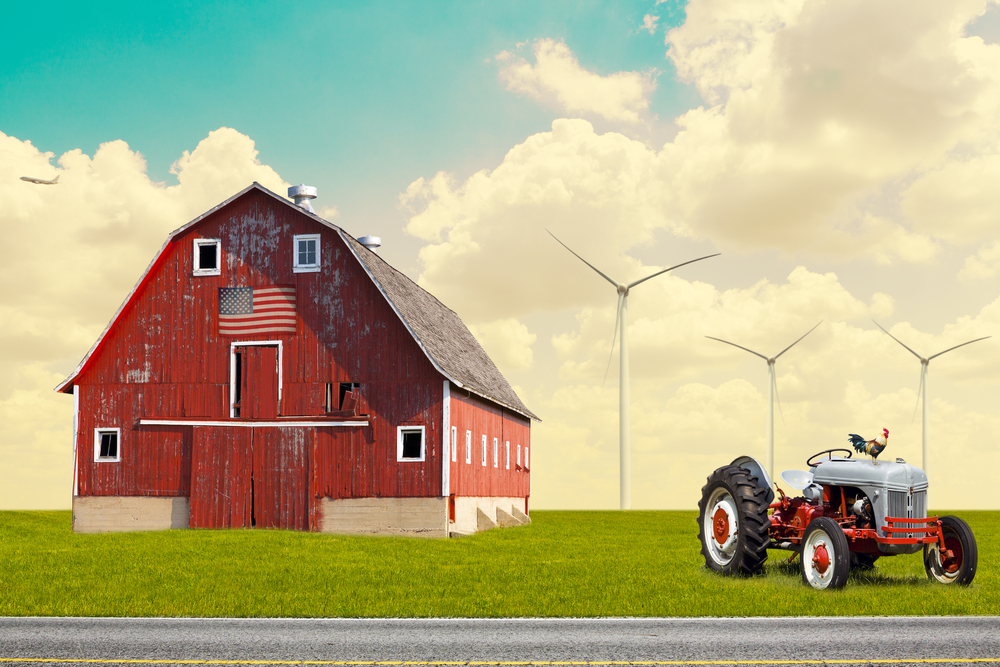

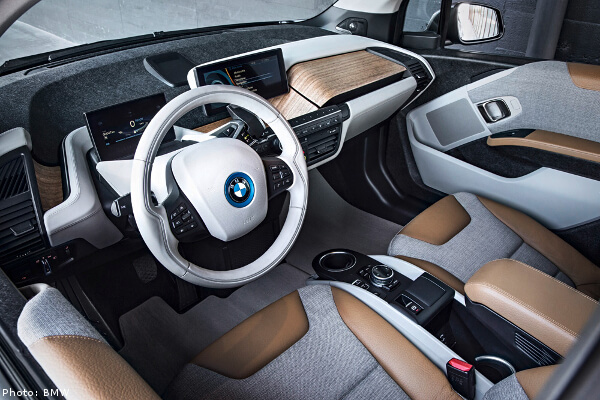
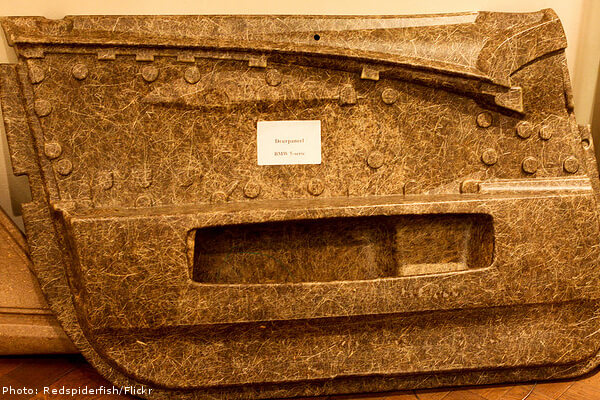
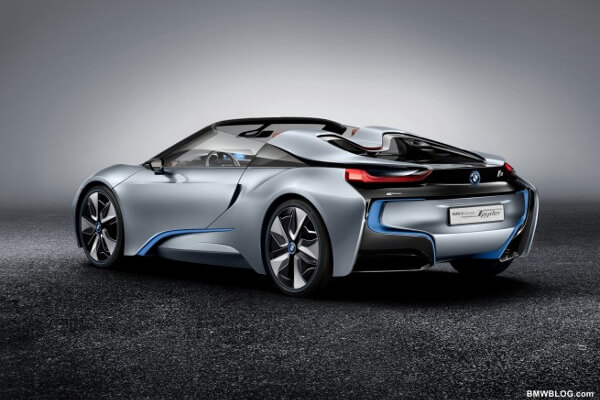


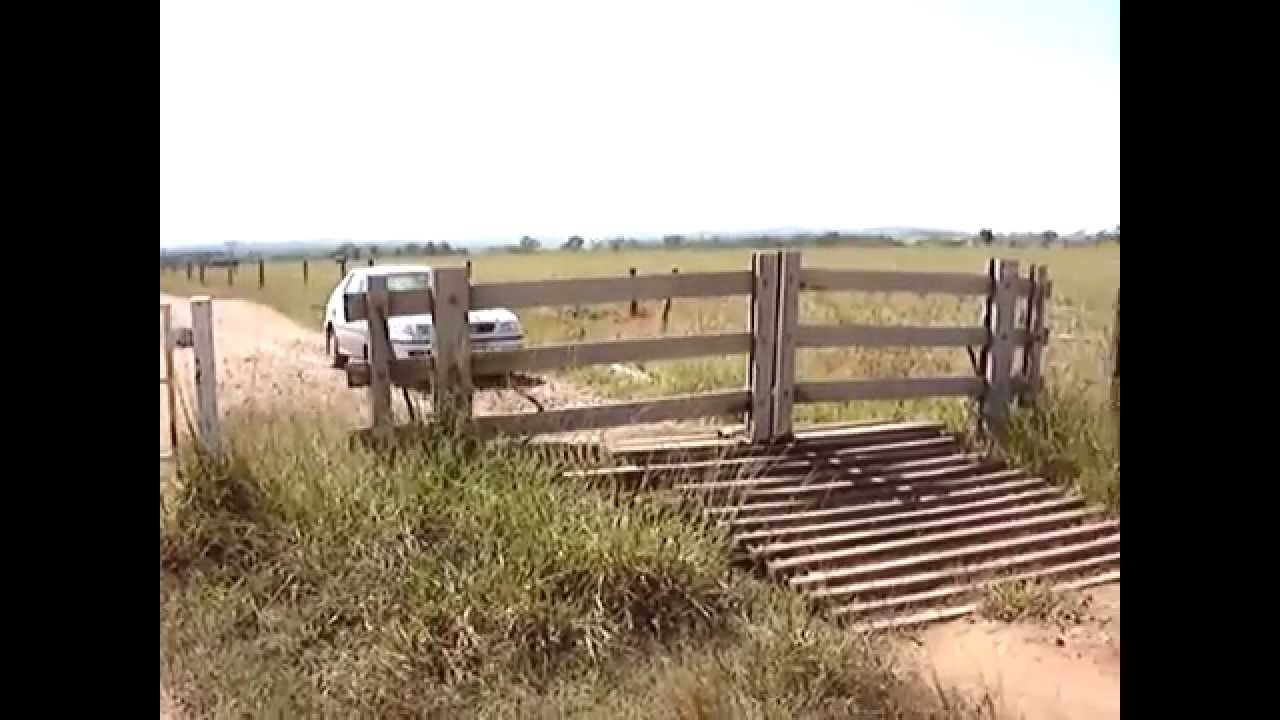


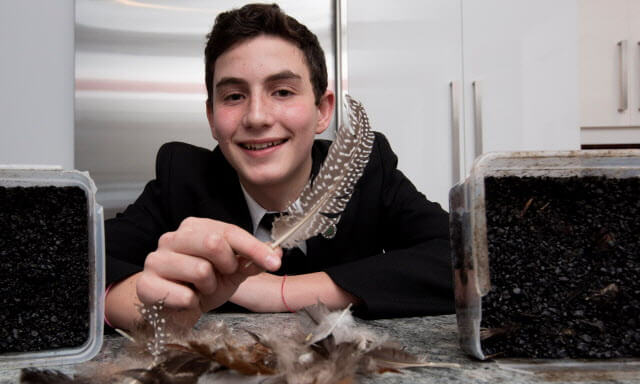
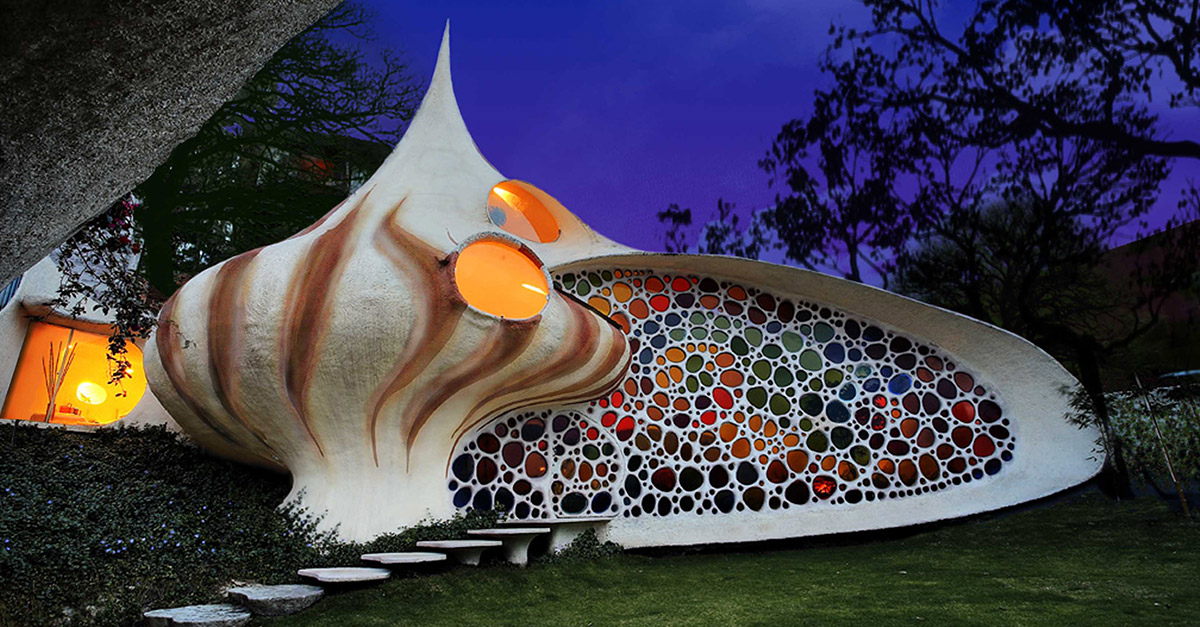

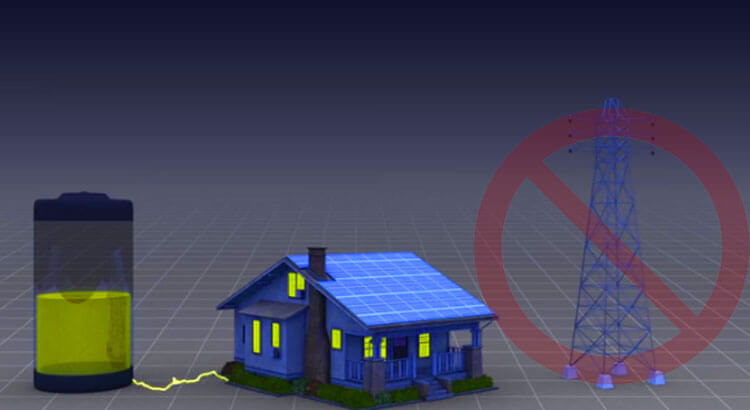












 6. Christmas Ornament Decorating Made Easy!
6. Christmas Ornament Decorating Made Easy! 
 7. Wastelandscape
7. Wastelandscape 
 8. CD Table Top
8. CD Table Top 
 9. Mosaic CD Flower Pot
9. Mosaic CD Flower Pot  10. Delightful Door
10. Delightful Door  11. Tissue Box Spruced Up With CD Clippings
11. Tissue Box Spruced Up With CD Clippings  12. A Musical Way To Fancy Up Your Footwear
12. A Musical Way To Fancy Up Your Footwear  13. Creative Coasters
13. Creative Coasters 
 14. Side Table Embellishments
14. Side Table Embellishments  15. Collar Necklace
15. Collar Necklace 
 16. Bling Bangle Bracelet
16. Bling Bangle Bracelet  17. Unique Wall Art
17. Unique Wall Art  18. CD Wall Clock
18. CD Wall Clock  19. Christmas Tree Made Of CDs
19. Christmas Tree Made Of CDs 

 21. The Perfect Way To Pop Your Collar
21. The Perfect Way To Pop Your Collar 
 22. Galaxy Cap
22. Galaxy Cap  23. Instant Art Work- Shred In Mixer, Glue, Repeat
23. Instant Art Work- Shred In Mixer, Glue, Repeat  24. Fridge Door
24. Fridge Door  25. Madrid, Spain
25. Madrid, Spain 
